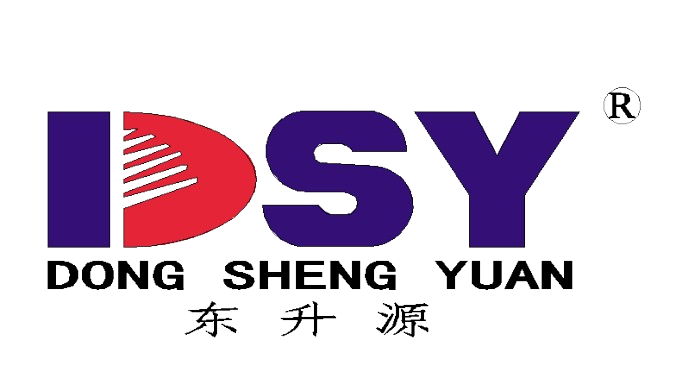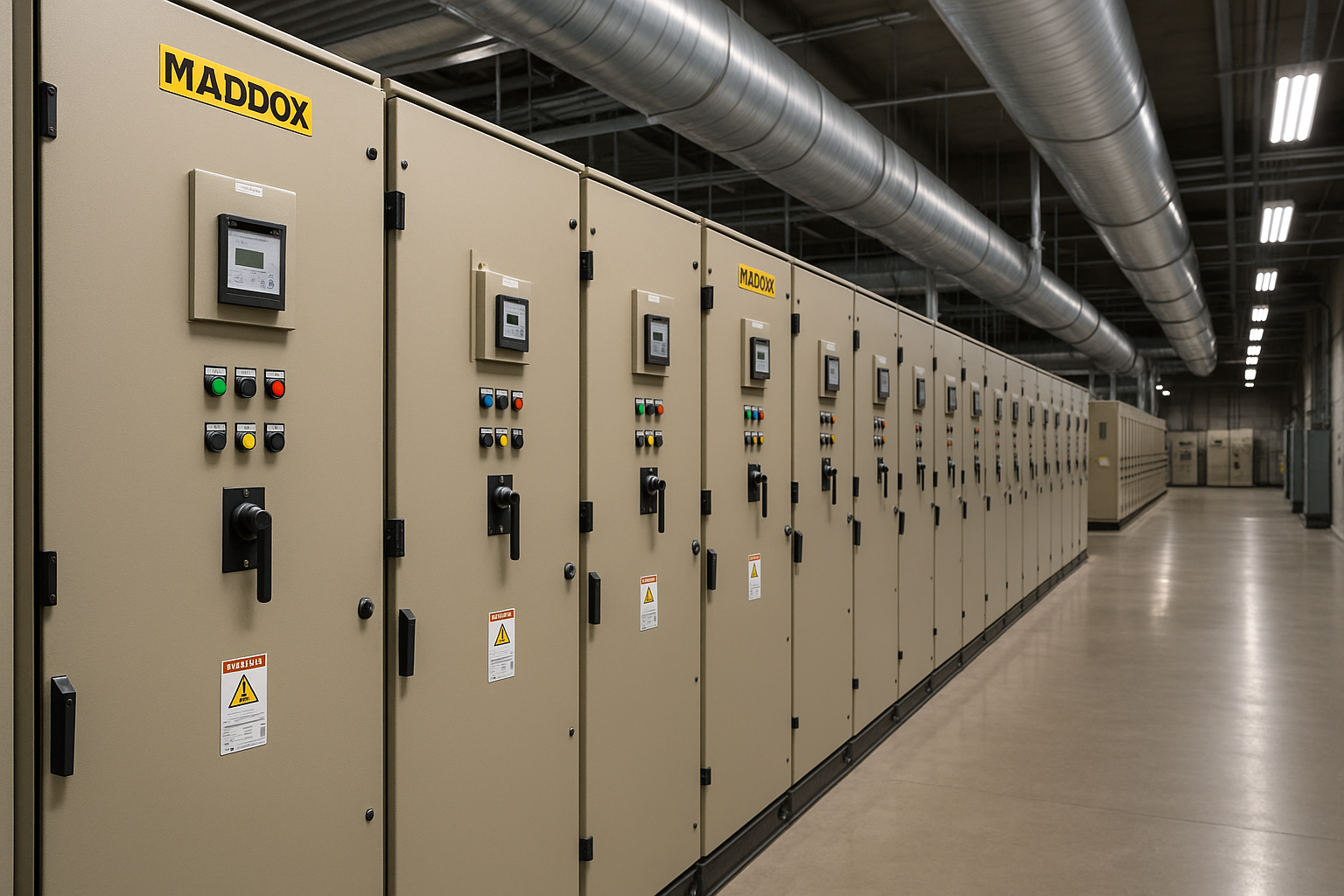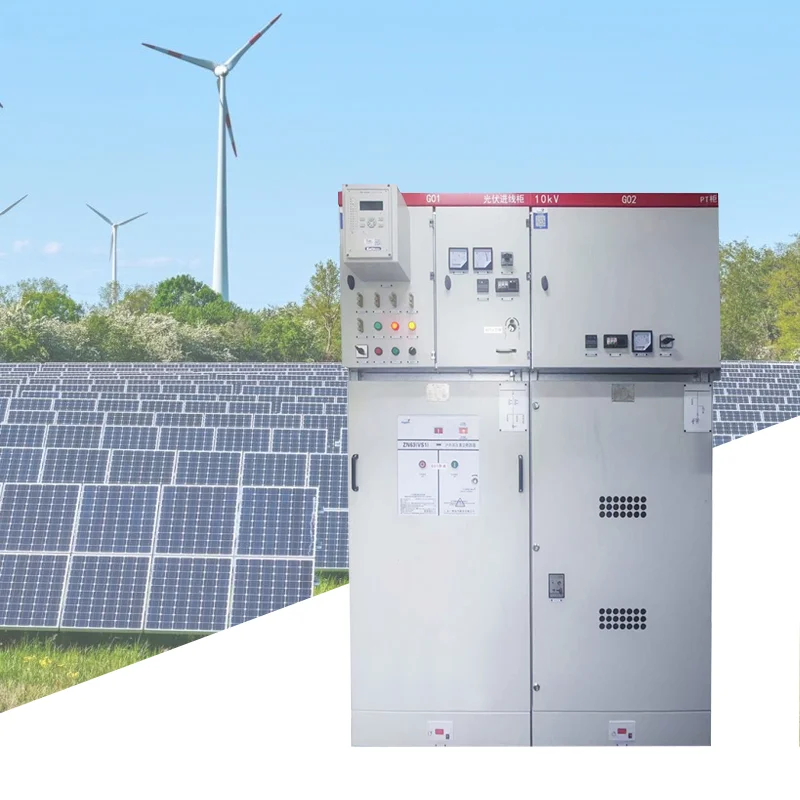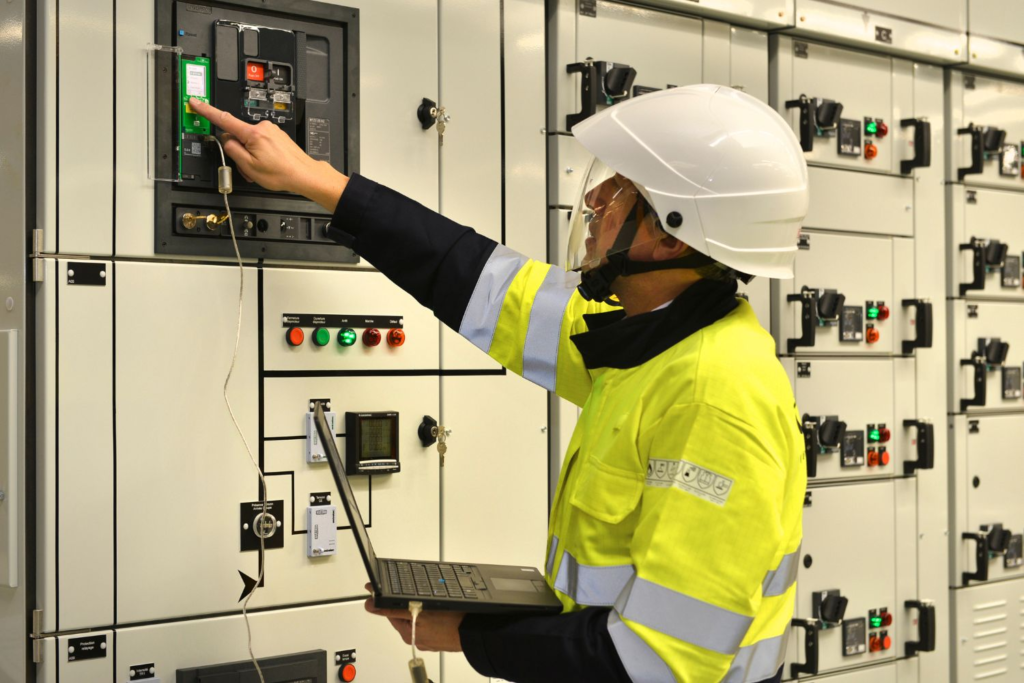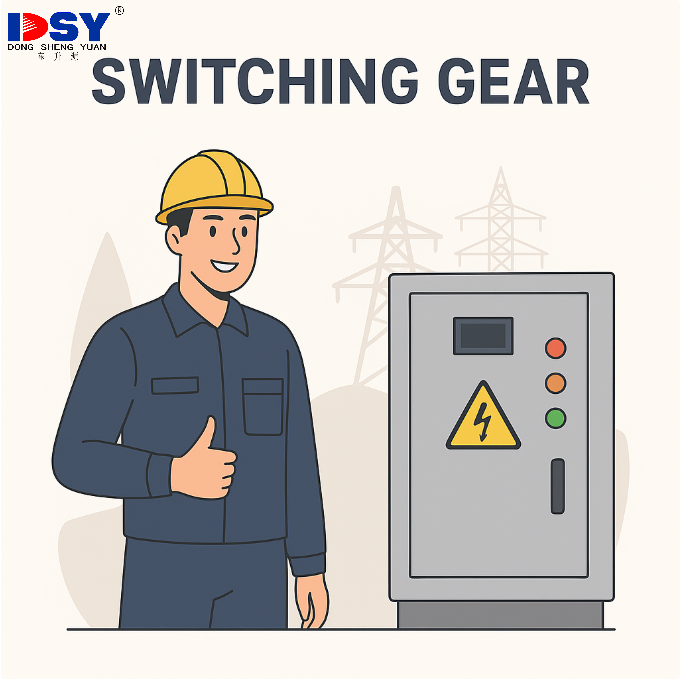Switchgear Explained: Functions and Types for Buyers
Introduction
Most project delays in switchgear procurement are not caused by price, but by unclear specifications and wrong product selection.
For procurement managers and industrial buyers, the risks include compliance failure, costly rework, and missed project milestones.
This guide provides a clear, buyer-focused explanation of how switchgear works, the different types available, and the key factors you must consider to ensure compliance, reliability, and cost efficiency.
Why Procurement Managers Must Understand Switchgear Functionality
Switchgear is the backbone of any power distribution system. Its role is not only technical—it determines whether your project passes FAT (Factory Acceptance Test), whether compliance is met, and whether long-term maintenance costs remain under control.
- Risk of ignorance: Wrong specification → FAT rejection → project delays and disputes.
- Procurement advantage: Knowing switchgear functionality allows accurate RFQs and stronger vendor negotiations.
How Switchgear Works – Key Functional Insights for Buyers
Core Functions & Safety Mechanisms
Switchgear performs three critical roles: isolation, switching, and protection.
It ensures safe disconnection during faults, protects assets against overloads and short circuits, and maintains power continuity for non-affected systems.
Essential Components and Certifications
- Circuit breakers, relays, busbars, and protective enclosures.
- Always check compliance with IEC 62271, IEC 61439, or ANSI/IEEE standards before approving supplier specs.
Buyer Tip: Request supplier certification documents upfront to avoid costly non-compliance risks.
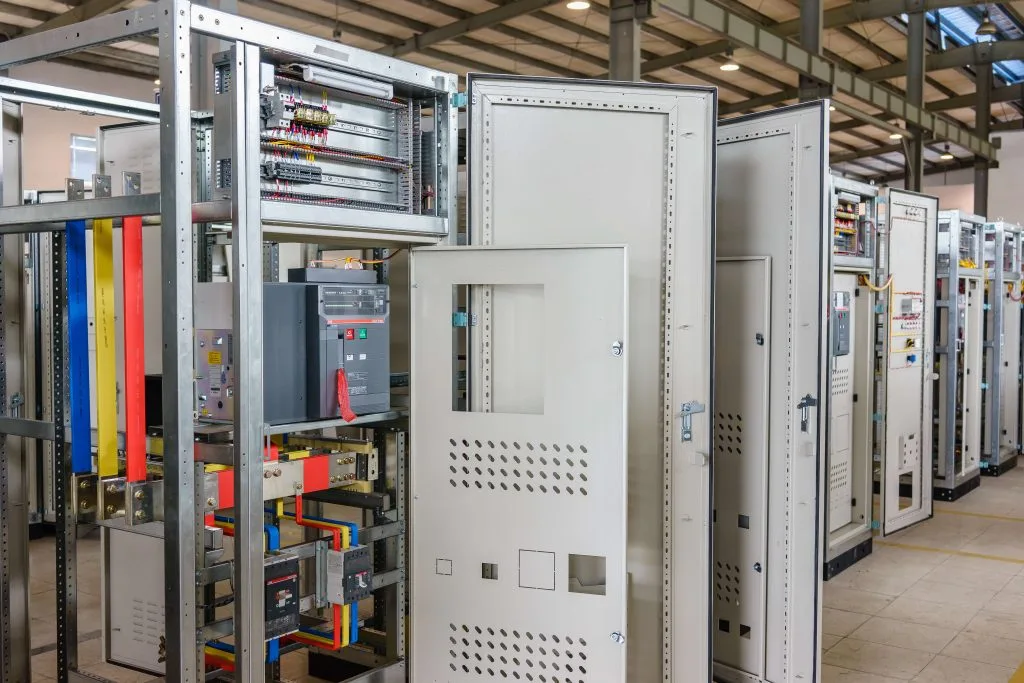
Types of Switchgear – A Buyer-Oriented Comparison
By Voltage Level
| Type | Voltage Range | Typical Applications | Buyer Consideration |
|---|---|---|---|
| Low Voltage (LV) | < 1kV | Commercial, industrial facilities | Ensure compliance with IEC 61439 |
| Medium Voltage (MV) | 1–36kV | Utilities, data centers, factories | Check FAT compliance and delivery lead times |
| High Voltage (HV) | > 36kV | Transmission grids, power plants | Confirm vendor experience in HV projects |
By Insulation Technology
- AIS (Air Insulated): Cost-effective, requires more space.
- GIS (Gas Insulated): Compact, reliable, higher cost, ideal for urban/space-limited projects.
- Vacuum/Oil: Used in MV/HV, depends on project-specific conditions.
Buyer Tip: GIS is often mandatory in urban projects due to limited footprint.
By Construction Type
- Fixed Type: Lower initial cost, but longer downtime during maintenance.
- Withdrawable Type: Easier O&M, higher upfront CapEx, safer for operators.
- Arc-Resistant Designs: Enhanced safety for staff and assets.
By Application Scenario
- Photovoltaic Grid Cabinets – Solar farms and renewable projects.
- Data Centers – High reliability and redundancy requirements.
- Telecom Cabinets – Outdoor reliability and compact design.
Buyer’s Checklist – Compare and Decide Confidently
- Compliance: IEC / ANSI / IEEE certification is non-negotiable.
- FAT: Always request FAT reports to avoid site disputes.
- Lead Time: Align vendor delivery with EPC project milestones.
- TCO: Balance CapEx with long-term O&M costs.
- Vendor Credibility: Request international project references.
- Future-Proofing: Consider smart monitoring and predictive maintenance.
Conclusion
Switchgear is more than a technical product—it is a project-critical investment.
Choosing the wrong type means compliance risks, FAT rejection, and costly project delays.
Choosing the right type ensures reliability, smooth approvals, and optimized lifecycle cost.
For procurement managers, understanding switchgear is the difference between project failure and success.
Call to Action
Looking for IEC-certified LV/MV/HV switchgear that passes FAT on the first attempt?
Contact DSY Switchgear today to receive specifications, competitive pricing, and proven international project references.
